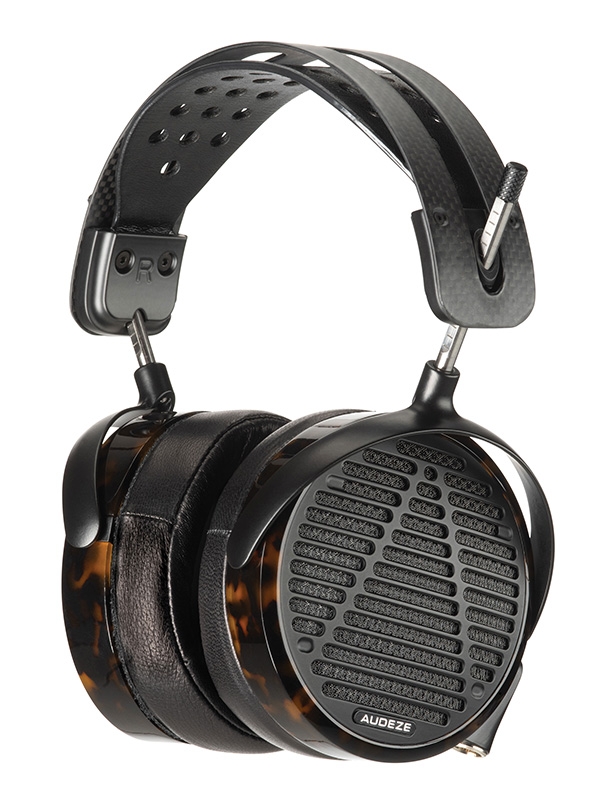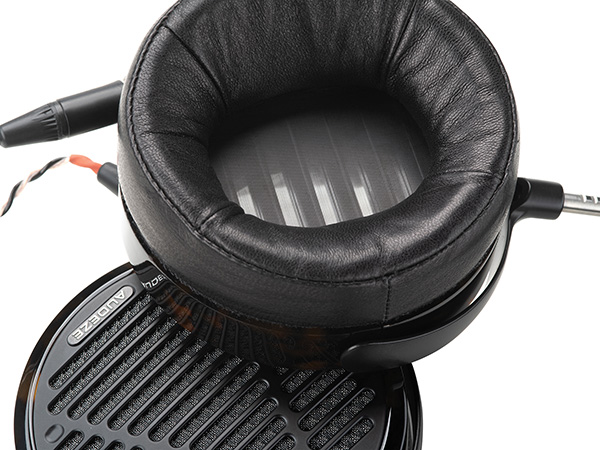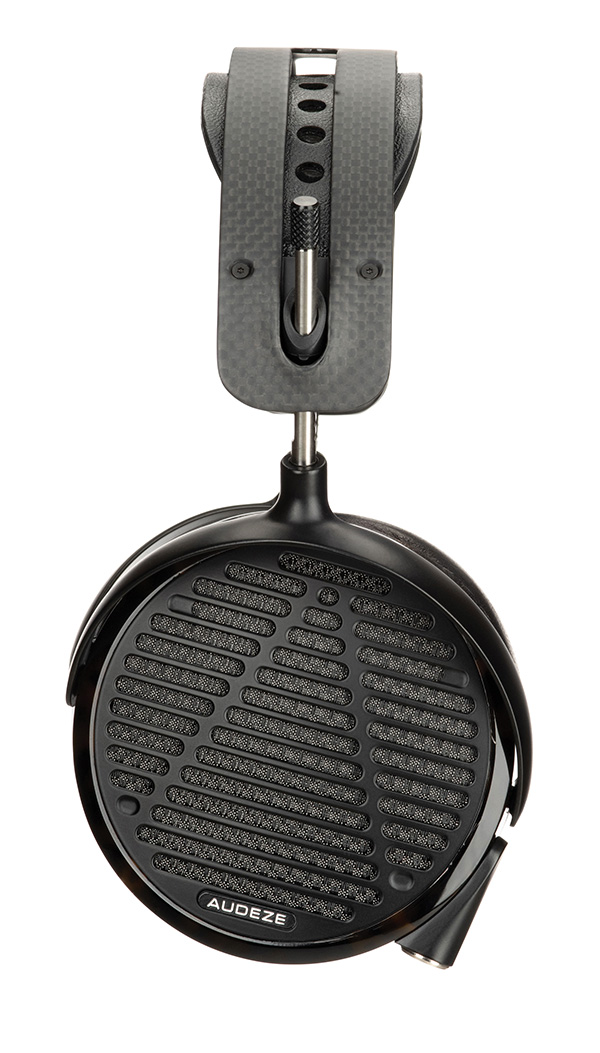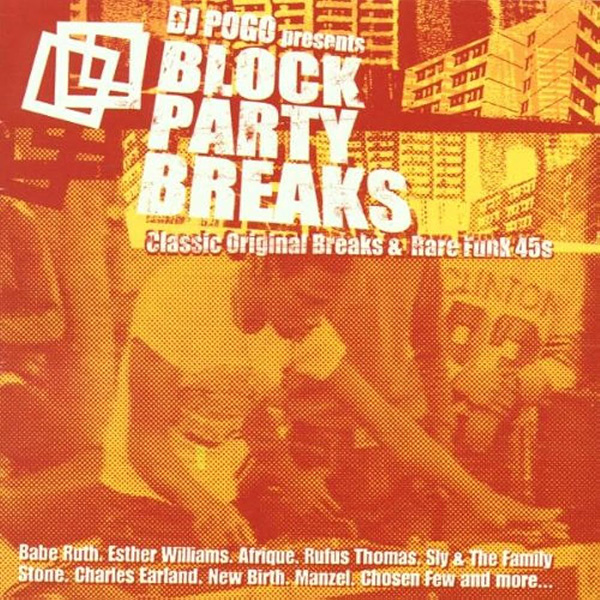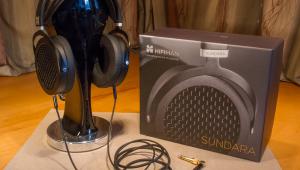| Columns Retired Columns & Blogs |
Like What HI-FI? would say as Con: "tough competition, strong rivals" such as Yamaha, Focal, Stax to name just a few. And then, this prize, for 1 fifth of the prize you have an excellent headphone, and a very good one for 1 tenth of the prize. Anyway, you always have wannabees "new money", or just those bragging ones or boomers who really no longer know what to do with their money and want to spent all instead of passing on to new generations. Whatever.
